Van Wambeke, F, Pulido, E, Catala, P, Dinasquet, J, Djaoudi, K, Engel, A, Garel, M, Guasco, S, Marie, B, Nunige, S, Taillandier, V, Zäncker, B and Tamburini, C 2021 Spatial patterns of ectoenzymatic kinetics in relation to biogeochemical properties in the Mediterranean Sea and the concentration of the fluorogenic substrate used. Biogeosciences, 18 (7). 2301-2323. 10.5194/bg-18-2301-2021
|
Text
18/2301/2021/index.html Available under License Creative Commons Attribution. Download (341kB) |
Abstract/Summary
Ectoenzymatic activity, prokaryotic heterotrophic abundances and production were determined in the Mediterranean Sea. Sampling was carried out in the sub-surface, the deep chlorophyll maximum layer (DCM), the core of the Levantine intermediate waters and in the deeper part of the mesopelagic layers. Michaelis–Menten kinetics were assessed using a large range of concentrations of fluorogenic substrates (0.025 to 50 µM). As a consequence, Km (Michaelis–Menten half-saturation constant) and Vm (maximum hydrolysis velocity) parameters were determined for both low- and high-affinity enzymes for alkaline phosphatase, aminopeptidase (LAP) and β-glucosidase (βGLU). Based on the constant derived from the high-LAP-affinity enzyme (0.025–1 µM substrate concentration range), in situ hydrolysis of N proteins contributed 48 % ± 30 % to the heterotrophic bacterial nitrogen demand within the epipelagic layers and 180 % ± 154 % in the Levantine intermediate waters and the upper part of the mesopelagic layers. The LAP hydrolysis rate was higher than bacterial N demand only within the deeper layer and only when considering the high-affinity enzyme. Based on a 10 % bacterial growth efficiency, the cumulative hydrolysis rates of C proteins and C polysaccharides contributed on average 2.5 % ± 1.3 % to the heterotrophic bacterial carbon demand in the epipelagic layers sampled (sub-surface and DCM). This study clearly reveals potential biases in current and past interpretations of the kinetic parameters for the three enzymes tested based on the fluorogenic-substrate concentration used. In particular, the LAP / βGLU enzymatic ratios and some of the depth-related trends differed between the use of high and low concentrations of fluorogenic substrates.
| Item Type: | Publication - Article |
|---|---|
| Subjects: | Data and Information Ecology and Environment Marine Sciences |
| Divisions: | Marine Biological Association of the UK > Other (MBA) |
| Depositing User: | Tamar Atkinson |
| Date made live: | 11 Feb 2022 10:56 |
| Last Modified: | 09 Feb 2024 16:57 |
| URI: | https://plymsea.ac.uk/id/eprint/9567 |
Actions (login required)
 |
View Item |


 Lists
Lists Lists
Lists